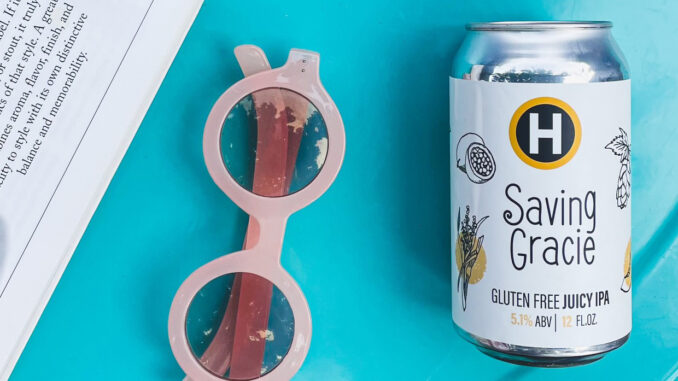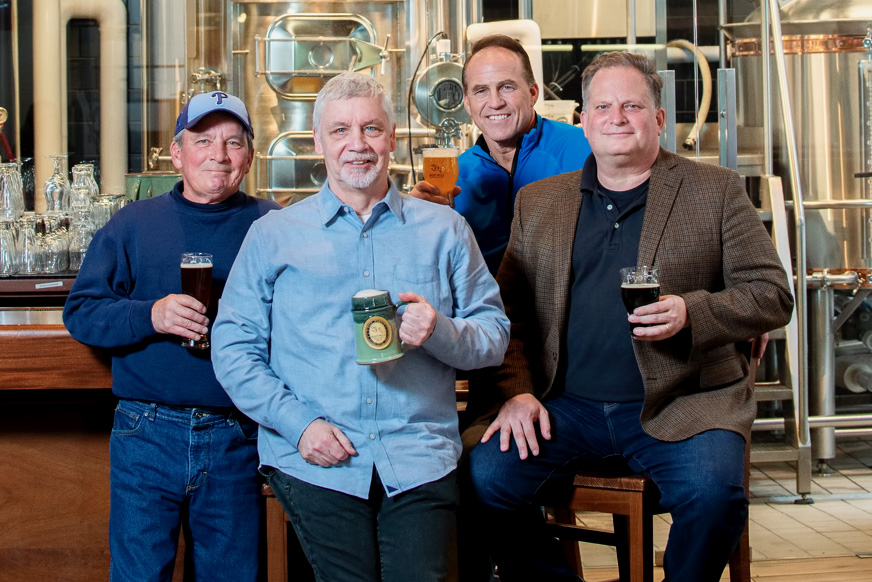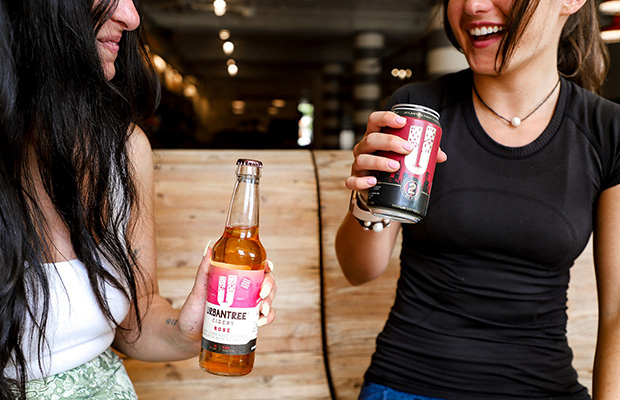
When Bill Tressler’s daughter called from law school to tell him she couldn’t drink beer anymore, he assumed it was a phase. A doctor had recommended she cut out gluten to see if it would improve her health, and while working as a brand ambassador for Hinterland Brewery that summer, she was stuck pouring beer she could no longer enjoy.
The irony wasn’t lost on her father, the brewery’s founder. But what started as a personal challenge soon morphed into a business opportunity that would reshape a portion of the Green Bay brewery’s operations.
Motivated to help his daughter, Tressler began exploring gluten-free brewing. He recalled a seminar at the Craft Brewers Conference in Nashville where Twila Soles from Colorado’s Grouse Malt House gave a talk on crafting beers without traditional grains.
Tressler made the call, and soon the two were collaborating on a new gluten-free beer. They named it “Saving Gracie,” after his daughter.
”If it was happening this close to home, it was happening to a lot of other people,” Tressler told Brewer during a recent Brewer Mag podcast. “It was just a part of the business that kind of fell in our lap—but it’s maybe the fastest growing part of our program.”
As it turned out, Gracie Tressler didn’t have celiac disease after all. But in a twist, both of Tressler’s sons were later diagnosed as celiac, giving the project new urgency and relevance.
What began as a family-centered experiment has become one of the fastest-growing segments of Hinterland’s beer lineup. In addition to the original juicy IPA, the brewery now offers a gluten-free Brown Ale, Vienna Lager, and Berry Sour. All are brewed to be safe for gluten-sensitive drinkers, but designed with flavor first, targeting beer lovers who may have felt forced to give up quality options.
“We weren’t looking to make a gimmick beer,” Tressler said. ”We were looking to make something that stands up to everything else we do.
“Gluten-free options are no longer a novelty. They’re a necessity if you want to grow your market intelligently.”
The expansion hasn’t stopped at beer. Hinterland’s on-site restaurant has gone all in, converting all fryers to be gluten-free and updating recipes to ensure taste isn’t sacrificed for dietary restrictions. The result: dishes like their chicken sandwich maintain their crispy, flavorful appeal—whether a diner knows it’s gluten-free or not. Gluten-free pizza crusts and buns are also available on request, and the menu has become a draw for patrons who otherwise might have overlooked Hinterland entirely.
”You eat our chicken sandwich, you have no idea it’s gluten-free, but it is, and it tastes equally as crispy and delicious,” Tressler said.
The decision to invest in gluten-free offerings has proven strategic. Tressler said the changes bring in new customers and unlock a loyalty that’s difficult to earn otherwise. These consumers aren’t just occasional visitors. They become advocates, returning with friends and family who now have a safe place to eat and drink.
READ MORE: Creating a Draw with Unique Food on Brewpub Menus
”This effort didn’t just bring in more people,” Tressler said. “It brought in people who wouldn’t have come otherwise.”
For a brewery that’s been operating for three decades, diversifying in this way isn’t just about being trendy. It’s about sustainability and finding underserved audiences and delivering a product that’s both inclusive and high-quality. By focusing on execution rather than marketing buzzwords, Hinterland has found a way to cater to a broader audience without alienating its core.
“Thirty years in, and we’re still evolving,” Tressler said. “That’s exactly what keeps me coming to work.”







Be the first to comment